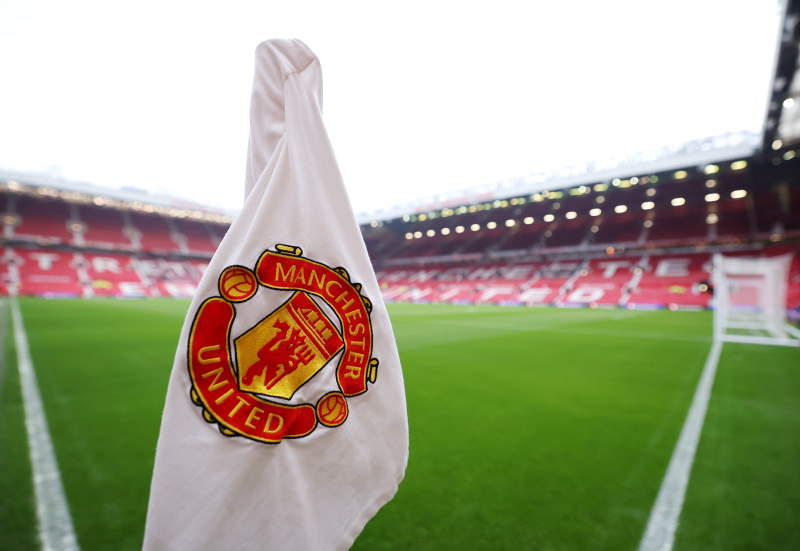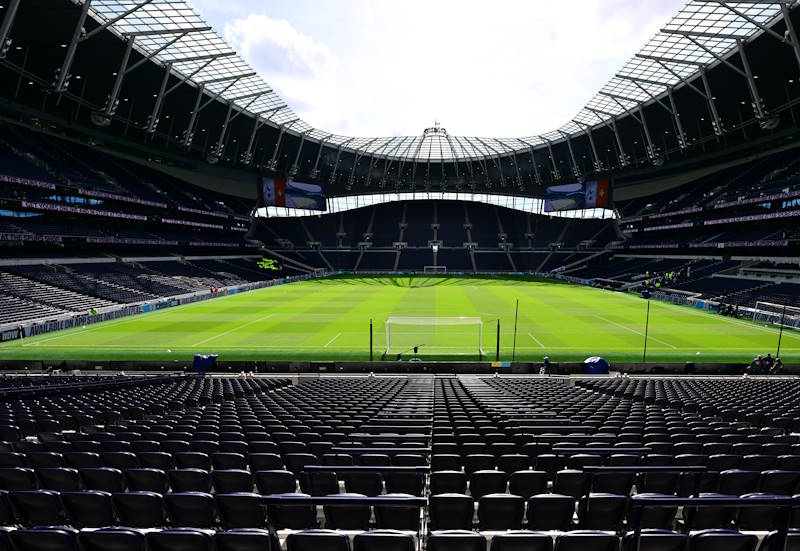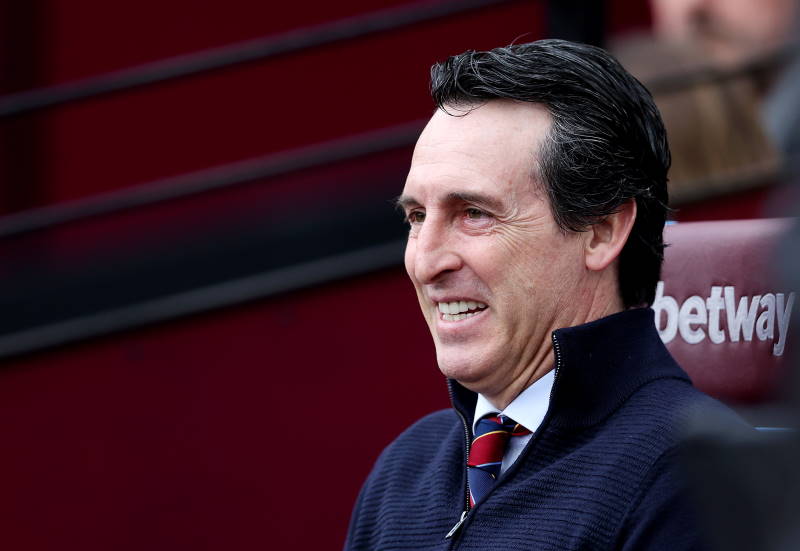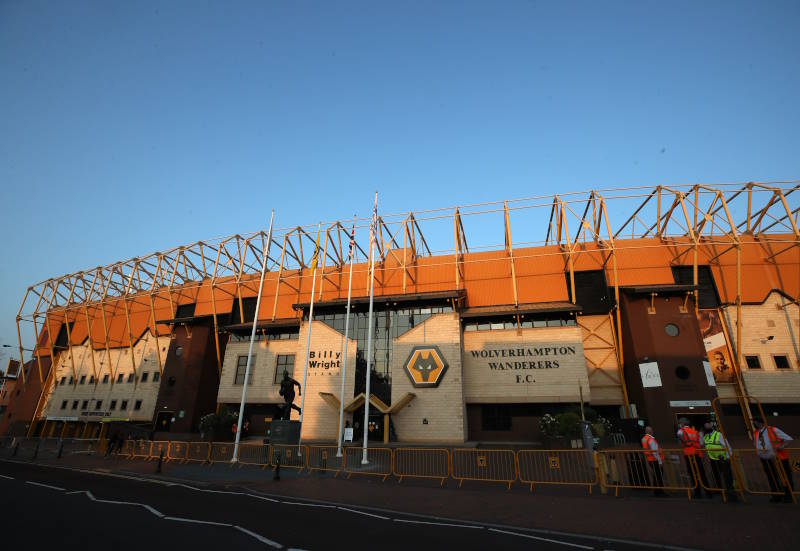
Toulouse, Saint-Etienne and now Rennes. At the start of the season, the odds would have been firmly stacked against these being the only teams to have been at the top of France’s Ligue 1 after 10 rounds of games.
Rennes currently head the standings, but on Saturday night fell to their first defeat of the season at home to Montpellier – 1-0. It was not enough to knock them off their perch however, and Rennes have been at the top of league for the last three rounds, leading the way for the first time in 40 years. The story of how the Breton club have risen to the top of Ligue 1 is even more impressive when their relative paucity of attacking options is factored into the equation. Having sold Jimmy Briand, Asamoah Gyan and Ismael Bangoura in the summer, Rennes found themselves with just one experienced recognised striker, Victor Montano.
It is a problem that hasn’t been ignored by the manager, Frédéric Antonetti. "To play 38 matches with just one forward is impossible. In defence and midfield, we can compete. But up front, we don’t have the players that our position in the table requires."
Yet Rennes have still managed to climb to the top of the table, with victories against Nice and Toulouse putting them ahead of St Etienne, before a draw with Lens and this weekend’s defeat against Montpellier.
Behind the rise of Rennes lie three key factors; the club’s youth setup; a shrewd owner willing to invest; and a coach not afraid to demand exceptional standards of his players.
Rennes boast a tremendous youth system, which has been voted France’s finest for five successive years, producing the likes of Sylvain Wiltord, Jimmy Briand and Yoann Gourcuff. The current side has an average age of just 24, and contains several homegrown players who have risen through the ranks, most prominently Yann M’Vila, a man who has made the breakthrough to the French national team this season at the tender age of 20. The central midfielder has been in commanding form, bossing the middle of the park and leading the side’s charge to the top of the league. Rennes have also benefited from the talents of Kevin Theophile Catherine, Sylvain Marveaux, Romain Danze and Yacine Brahimi; all academy graduates.
In the boardroom, the ownership of the club by Francois Pinault, who has invested heavily since his arrival in 1998 – over €100M – has also proven crucial. His tenure has coincided with a revival in the club’s fortunes, as they have gradually climbed the table. A fourth place finish was achieved in 2005, and repeated in 2007. In recent years, Rennes have continued to be consistent, finishing in the top six a number of times, reflecting their gradual rise up the French footballing hierarchy. Quite an achievement for a club that last won something of note as long ago as 1971.
For all the talent of the academy and Pinault’s investment however, a wise coach would always be needed to blend the mixture, and Rennes have just the man in Frédéric Antonetti, a fiery Corsican. A boss with a reputation for an aggressive style, he once gave Lubomir Moravcik, the former Celtic player, a tirade so fierce that the Czech did not return to training for a month.
A determined but clever operator, Antonetti has combined the youthful brilliance of the Rennes academy graduates with experienced heads such as Jerome Leroy and Stephane Dalmat, who give the side the wisdom it will need if they hope to last the distance in the French title race. He tends to adopt a 4-4-2 formation, based on solid organisation and defence, though it would be harsh to label Rennes a defensive side. Antonetti’s rise has been somewhat unspectacular, arriving at Rennes after a series of previous managerial positions, the last of which was with Nice.
Whether the club can build on its early season success will depend on their ability to cope with their lack of attacking options. And that will be crucial to overcoming the difficulties most recently faced in their clash with Montpellier. Antonetti complained that their opponents had barely tested the Rennes goalkeeper Nicolas Douchez and defended deeply. Rennes found themselves controlling much of the game, but just couldn’t convert their chances against a solid and well organised Montpellier defence.
Montano is the club’s leading scorer with three goals, and that statistic tells a story in itself: Rennes lack a convincing, consistent goalscorer. Whilst it is simplistic to suggest that the lack of a 20-goal-a-season-striker can be terminal to a club’s ambitions, teams who succeed in spite of such a player generally have a number of midfielders who contribute more than their fair share of goals. Yet Rennes have just three players who have scored more than once in the league all season.
Whilst Antonetti’s men have performed superbly well so far to catapult themselves to the heights of first place, there is an argument that they have not been seriously tested as yet. Their next three league games see them take on France’s three Champions League representatives in successive weeks – Marseille, Lyon and Auxerre – after which the club’s title ambitions will have faced their most serious tests to date. If Rennes can come through those games top, or within touching distance of the summit, then although it may seem unlikely, they might yet be able be in the title mix come the business end of the season.












